Is a visionary too strong? Certainly, Jimmy Page had vision. In July 1968, when an LA psalmist told him of imminent “life changing” decisions days before his then-bandmates called time on The Yardbirds, the guitarist was already conceptualising a supergroup who - after a brief spell as The New Yardbirds - would be named Led Zeppelin as per The Who’s Keith Moon’s suggestion.
Singles? Only very rarely. Studio recordings? They’d self-finance them, creating a bargaining chip when Jerry Wexler signed them to Atlantic. Zeppelin’s explosive, eclectic music would tap studio techniques Page had gleaned from recording engineers while working as a session musician, and US DJs would be encouraged to broadcast the magic a side of vinyl at a time. That way, epics such as Dazed and Confused could cast their spell.
Naturally, the line-up was crucial. A golden god on vocals - albeit a homeless one who’d been goofing around in blues/covers act Obs-Tweedle until Page and his manager Peter Grant scouted Robert Plant’s primal wail in Walsall. Plant assured them there was no finer drummer than his Black Country wingman/former Band Of Joy bandmate John Bonham, while John Paul Jones - a multi-instrumentalist/arranger/trusted session confrère of Jimmy’s on the Shirley Bassey-piloted Goldfinger and more - was a shoo-in bassist after his wife Mo urged him to feel Page out re his new group.
America swooned first. The early live shows were lightning unbottled, even if they opened for Moby Grape to half empty houses. Then between 1969-1971, four groundbreaking, earthshaking LPs arriving so thick and fast they didn’t have titles, only numbers. By 1973’s Houses Of The Holy Zeppelin had added reggae and taut funk to their lusty riffage and rustic, sometimes Eastern-flavoured folk, Plant skirting around James Brown’s famed exhortations to “Take it to the bridge!” on the lovingly indebted The Crunge.
Ultimately Led Zeppelin were a bit like their airship namesake: just too huge, idiosyncratic and vulnerable to disaster to stay aloft indefinitely. Each member’s mojo was so crucial, that, in 1980, when John Bonham died aged 32 at Page’s home in Clewer, Windsor after a marathon vodka binge, a devastated Page, Plant and Jones instantly disbanded.
Though the accruing, multi-faceted darknesses and tragic losses which cast shadow on the band’s peerless music might partly explain why Bernard MacMahon’s thrilling 2025 documentary Becoming Led Zeppelin is an origin-story, not an overview, there were eventually moments of healing, too.
In 2012, when the group’s three surviving members received the Kennedy Center Honors from President Obama, Heart’s Anne & Nancy Wilson, John Bonham’s son Jason and a gospel choir performed Stairway To Heaven at the gala, Plant in particular was visibly moved. “For years we’d had these carbon copy media cheap shots fired at us”, he told this writer in 2014. “It was great to see the Wilson sisters and Jason cut through all that.”
10.
Celebration Day
ATLANTIC / SWAN SONG, 2012

There was nothing risk-averse about Led Zeppelin’s 2007 reunion show in memory of Ahmet Ertegun. Indeed, with Plant unpersuadable re further gigs, their reputation came to rest on its for-one-night-only bravado. A fracture to Page’s pinky necessitated postponing for a fortnight, but Valhalla was breached and Zeppelin triumphed. Kashmir sounds Olympian, Dazed And Confused stretches old improv muscles, and Stairway To Heaven - previously tarnished by duff airings at Live Aid and an Atlantic Records’ 40th Birthday bash - regains its rightful place in the firmament. Through it all, Jason Bonham drums-up a storm worthy of his late father in emotionally testing circumstances. Avoiding the A-lister swamped aftershow, Plant repaired to his local kebab house for humous/reflection.
9.
In Through The Out Door
SWAN SONG, 1979
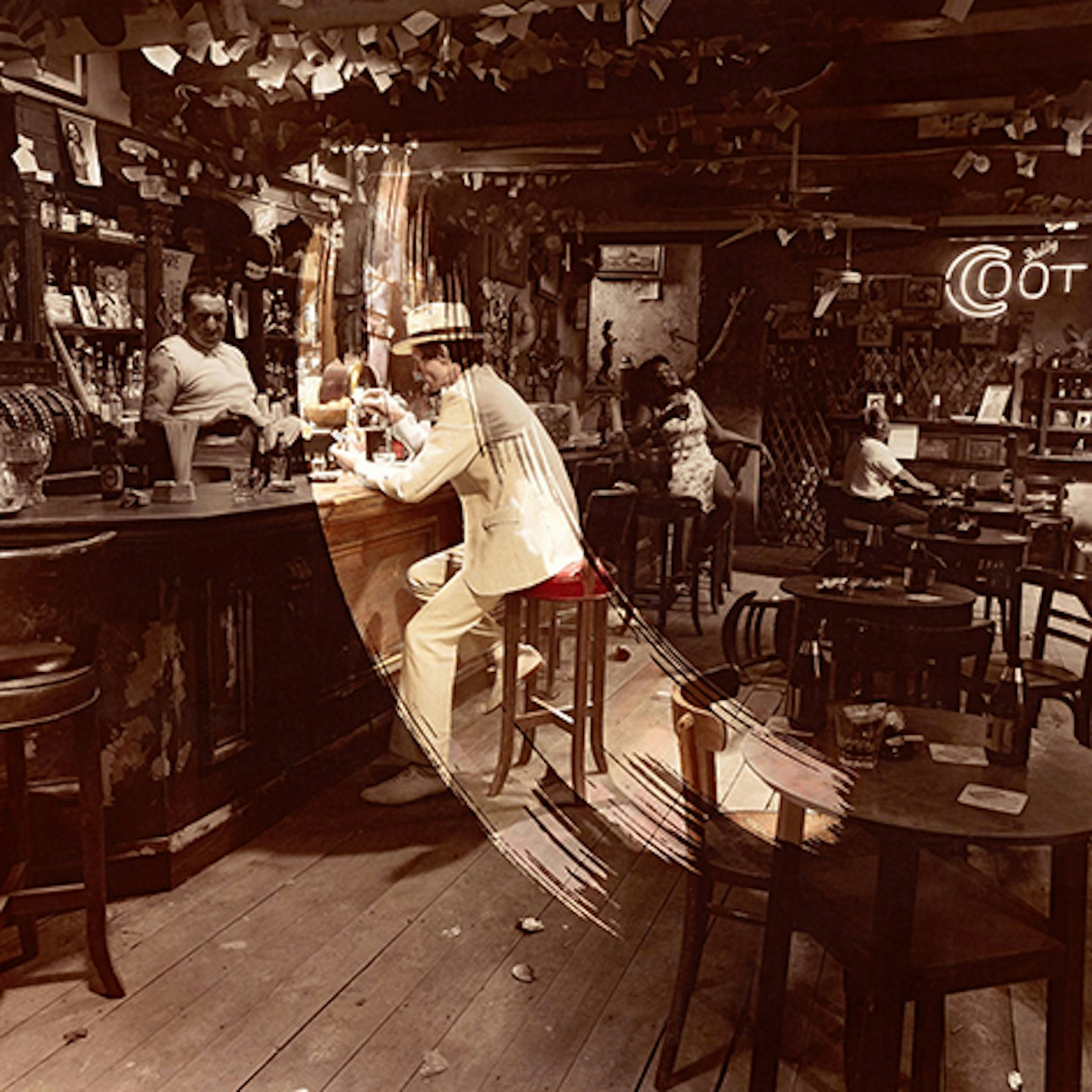
Hatched at Abba’s Polar studios, Zeppelin’s swansong (bar outtakes set Coda) was largely The Percy and Jonesy Show. Still battling heroin addiction, Page contributed less than usual, hence six Plant/Jones co-writes in which the latter’s piano and Yamaha GX-1 synth often star. In The Evening packs plenty of the old swagger, Page using a mic-stand as a slide during his rambunctious guitar solo, but much of ITTOD shreds the blueprint. With talk of Plant’s “old blue dungarees”, rockabilly/bluegrass knees-up Hot Dog is perhaps a wheeze too far, but Fool In The Rain, replete with magnificent Bonham shuffle and joyous samba interlude, is wonderful. All Of My Love, Plant’s touching elegy for his late son Karac, also shines on a Zeppelin LP like no other.
8.
How The West Was Won
ATLANTIC, 2003
Jimmy Page’s 2000 tour/concert LP with The Black Crowes energised him, hence he and _Live At The Greek_producer Kevin Shirley turned to the painstaking refurbishment of two near mythic, previously bootlegged shows Zeppelin played at the L.A. Forum and Long Beach Arena in June 1972. By Page’s estimation, these dates were exemplary, and this - the double-live LP The Song Remains The Same could have been - bears testament. A ferocious Immigrant Song and three box-fresh picks from upcoming fifth album Houses Of the Holy (The Ocean; Dancing Days; Over The Hills And Far Away) all thrill, while Plant gives a shout-out to Joni Mitchell on Going To California. The British Invasion at its most awe-inspiringly comprehensive.
7.
Presence
SWAN SONG, 1976
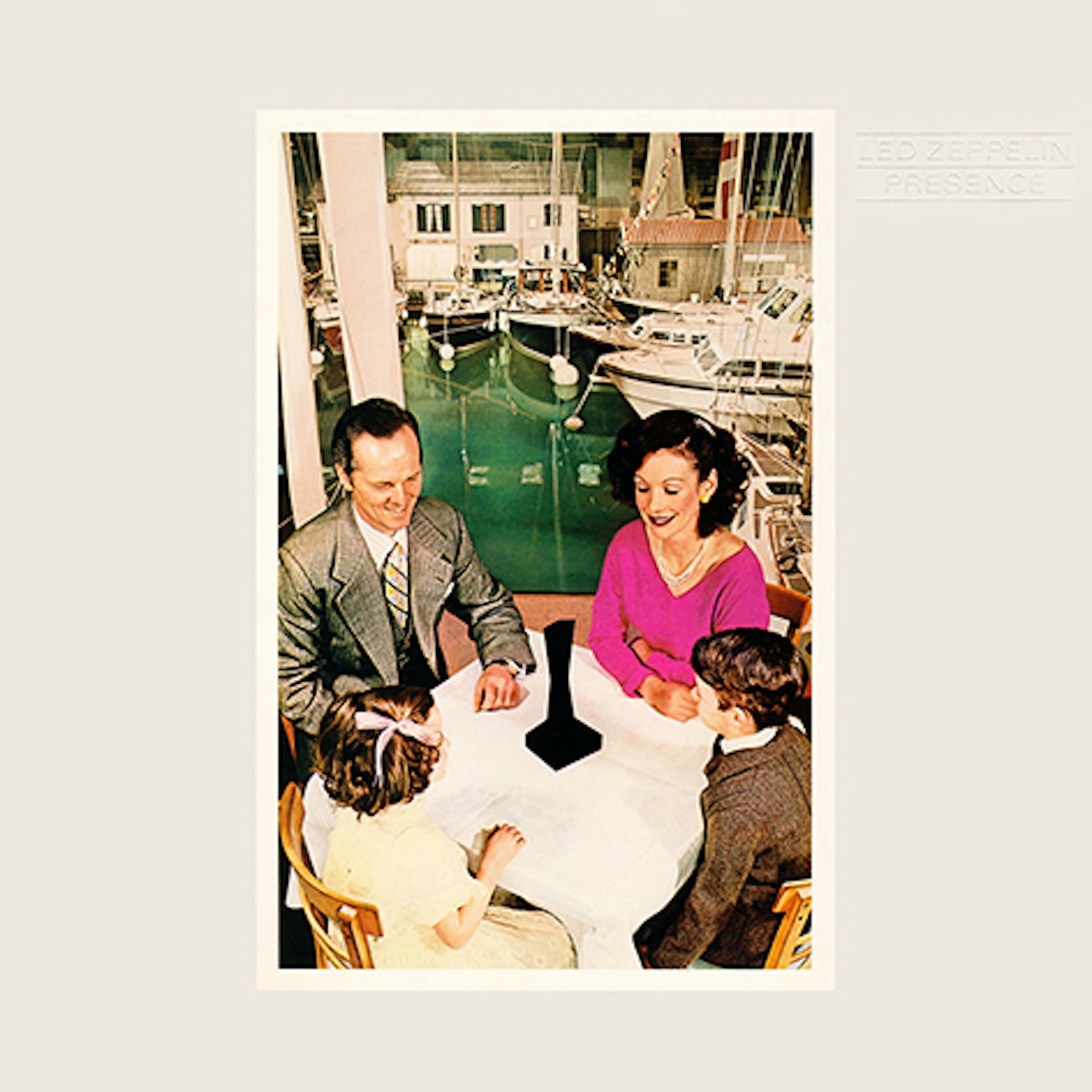
An energised, often funky outlier - witness Royal Orleans and For Your Life transmute space into groove -Presence also has Achilles Last Stand, a thunderous canter whose unnerving intensity seems remarkable given Plant sang it in a wheelchair while recovering from a car crash on Rhodes. The accident had nixed touring plans, bringing Page and Plant together to write spontaneously in Malibu, California before recording Presence in Munich. Tea For One is Since I’ve Been Loving You’s poor cousin, but Nobody’s Fault But Mine’s phased, Willie Dixon-plundering call-and-response has real sass and heft. Hipgnosis’s cover-art use of a mysterious black obelisk in kitschy, wholesome settings also resonated; Presence’s druggy, sometimes seedy underbelly signalled encroaching darkness.
6.
Led Zeppelin
ATLANTIC, 1969
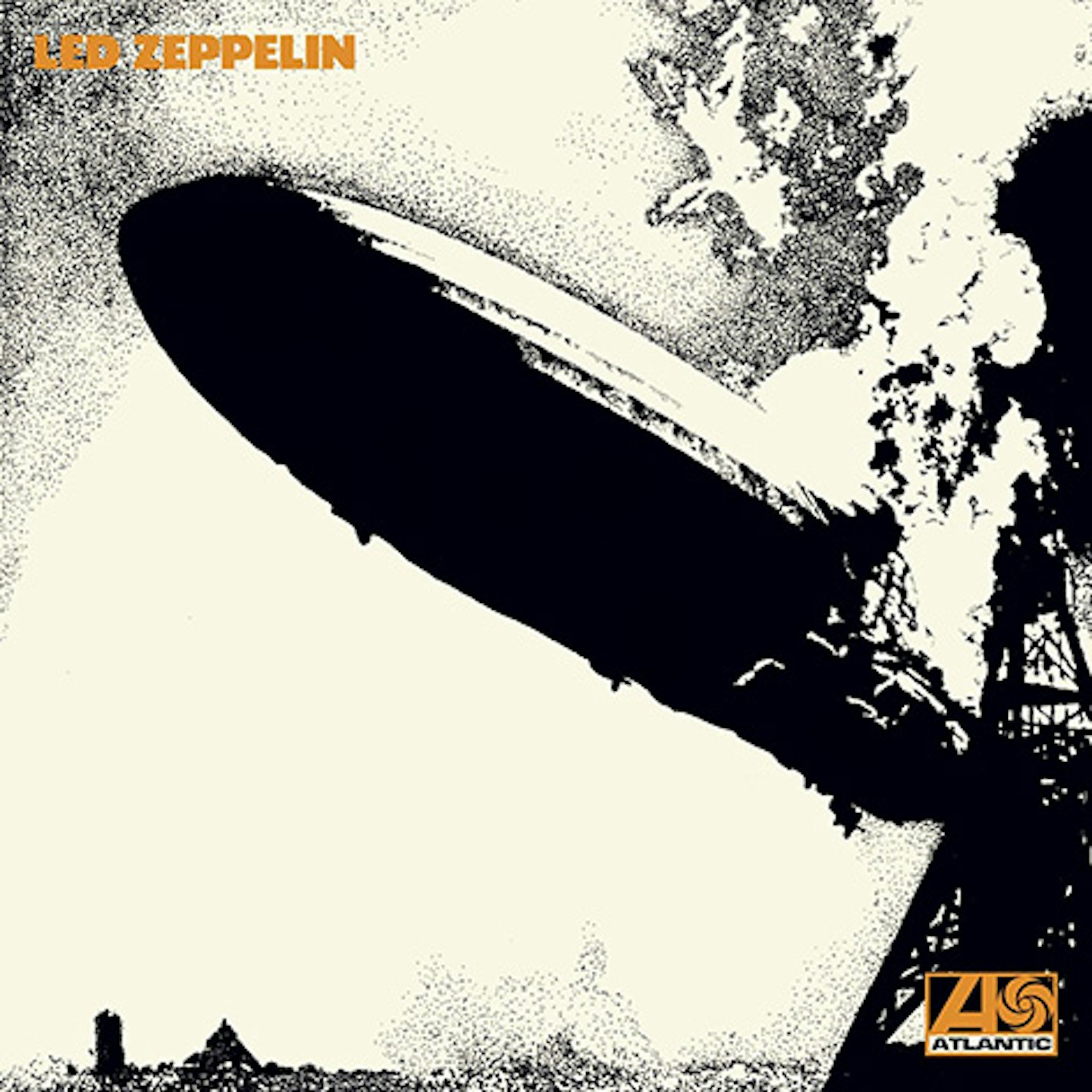
The US press had heralded “the next supergroup” prior to Led Zeppelin I’s release. No pressure then. Good Times Bad Times opens with showboating brio, while Zep sound suitably hungry, almost feral on short sharp shock Communication Breakdown, Plant’s vocals urgent and electrifying. Their palette was already broad, Jones’s ecclesiastical Hammond opening Your Time Is Gonna Come, and Page performing his Bert Jansch-indebted take on Black Mountainside backed by tabla player Viram Jasani. By July, Zeppelin had their first US Gold Record. Not bad for an album tracked and mixed in nine days for £1,782. Baroness Eva Von Zeppelin sent no congratulatory telegram. Zeppelin, she claimed, were “shrieking monkeys” who besmirched her family’s name.
5.
Houses Of The Holy
ATLANTIC, 1973
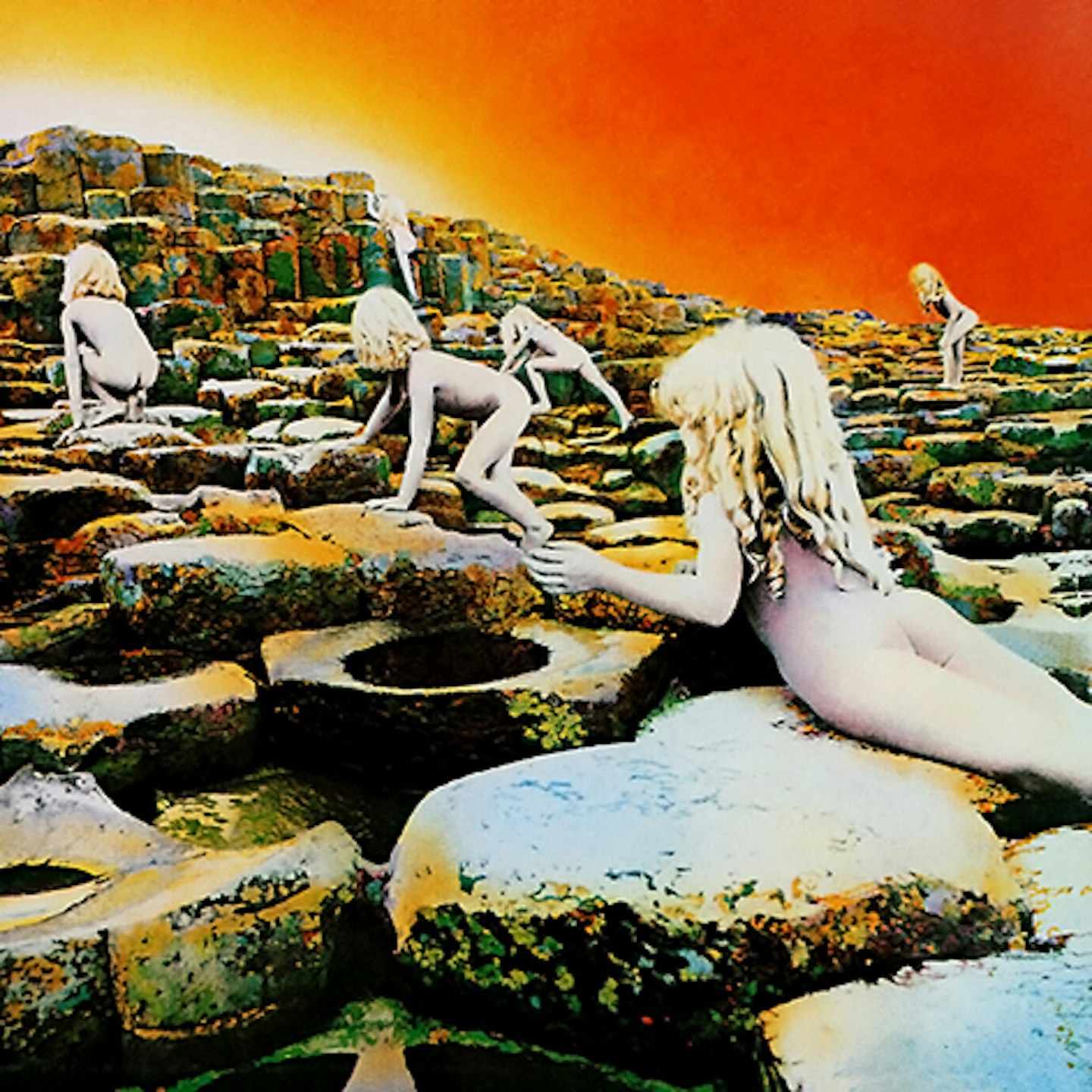
In which No Quarter, Zeppelin’s spookiest song, vies with The Rain Song, one of their prettiest and most chordally complex. The studio itself was becoming more of an instrument, lending an almost prog-rock quality to multi-guitar-overdubbed opener The Song Remains The Same, and seeing Jones overdub Mellotron, piano and synth. “They’re just a giggle, they’re just two send-ups” Page told the NME when they dissed reggae offering D’yer Mak’er and funk pastiche The Crunge, but Zeppelin shone even at play. Elsewhere, Dancing Day’s finds Zeppelin’s fabulous rhythm section functioning as one and The Ocean’s acapella vocal interlude and climactic coda are not to be missed. Shall we talk about the cover art? No, let’s not.
4 .
Led Zeppelin III
ATLANTIC, 1970
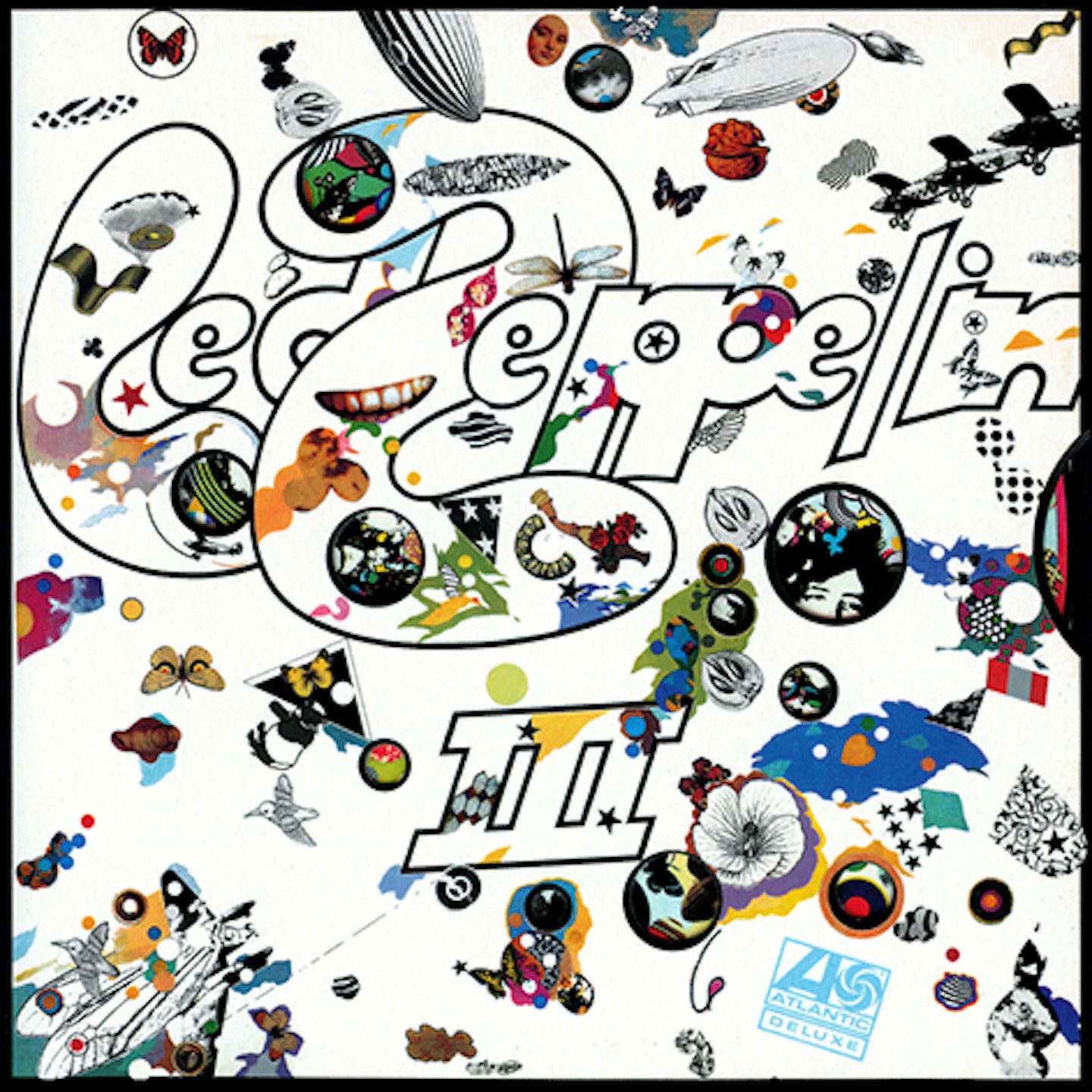
“We can’t relax because of people from Nagoya turning up to ask about Bron-Yr-Aur Stomp”, the owners of Bron-Yr-Aur cottage wrote Robert Plant in 2001. It was there, in Snowdonia, Wales, sans electricity, that he and Page wrote acoustic gems such as That’s The Way and Friends, Page’s inspired use of open-tunings bringing a hypnotic, raga-ish quality to the latter. Led Zeppelin III’s bucolic, mostly gentler quality came to define it in the public imagination, but when the group decamped to Headley Grange, Hampshire en masse with the Rolling Stones Mobile in tow, Immigrant Song’s punishing nod to Norse myth would contrast sharply with Tangerine’s wistful dandelion-clock idyll. All this plus Since I’ve Been Loving You’s transcendent, squeaky kick-pedal blues.
3.
Led Zeppelin II
ATLANTIC, 1969
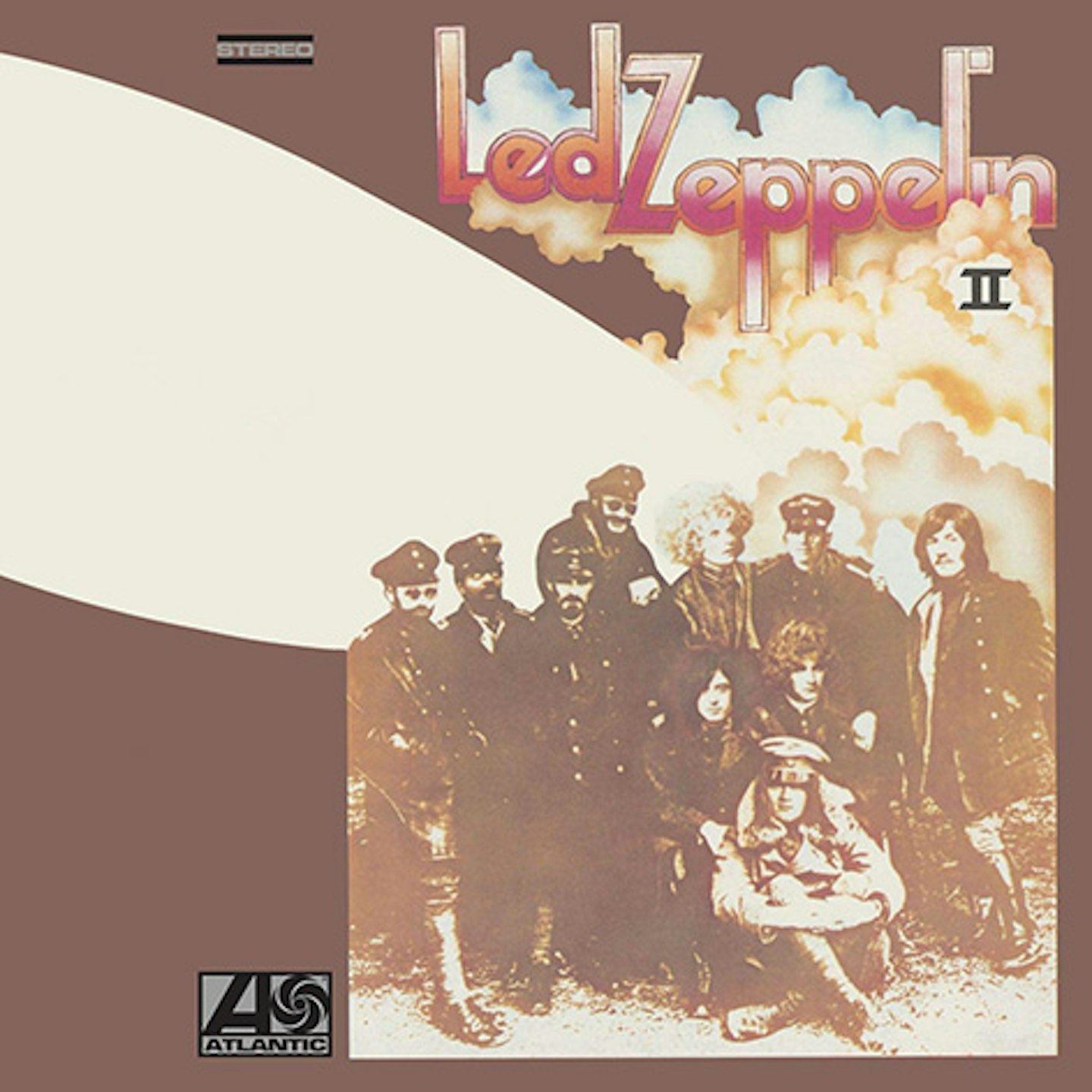
Recorded in various locations against a backdrop of near-relentless touring, II sees Page emerge as the riff-writer par excellence. Outwith its orgasmic, theremin-imbued middle section, Whole Lotta Love makes an artform of simplicity, while Heartbreaker invites all comers to strut, not walk. Alongside The Lemon Song’s oversexed blues, Zeppelin’s Black Country contingent brought songs for their better halves. Plant’s Thank You, the best of the group’s early ballads, was for wife Maureen, while Moby Dick, partly a Bonham drum solo, was later renamed Pat’s Delight in honour of his missus. Zeppelin were a band on the run recording in multiple studios, yet II had genius to spare. A Number 1 on both sides of The Atlantic.
2.
Led Zeppelin IV
ATLANTIC, 1971

Ubiquitous; fabled; charged with satanic backmasking, Stairway To Heaven will always be the focal point of Zeppelin’s magnum opus. But _IV’_s colossal sales and mythic status depend on so much more. Witness Sandy Denny, immortalised and gaining the reach she deserved on The Battle Of Evermore; Black Dog’s extraordinarily elastic riffage and When The Levee Breaks’ mammoth, endlessly-sampled backbeat. Flack for III’s lighter touch didn’t cow Zeppelin. They became more resolute, even withholding IV’s masters until Atlantic, freaked by the idea, sanctioned a front sleeve with no mention of the band’s name. Regardless, the inner-sleeve symbols representing each band member were inked on schoolbooks from Heston to Haight Ashbury. Behold: the sway of mystique.
1.
Physical Graffiti
SWAN SONG, 1975
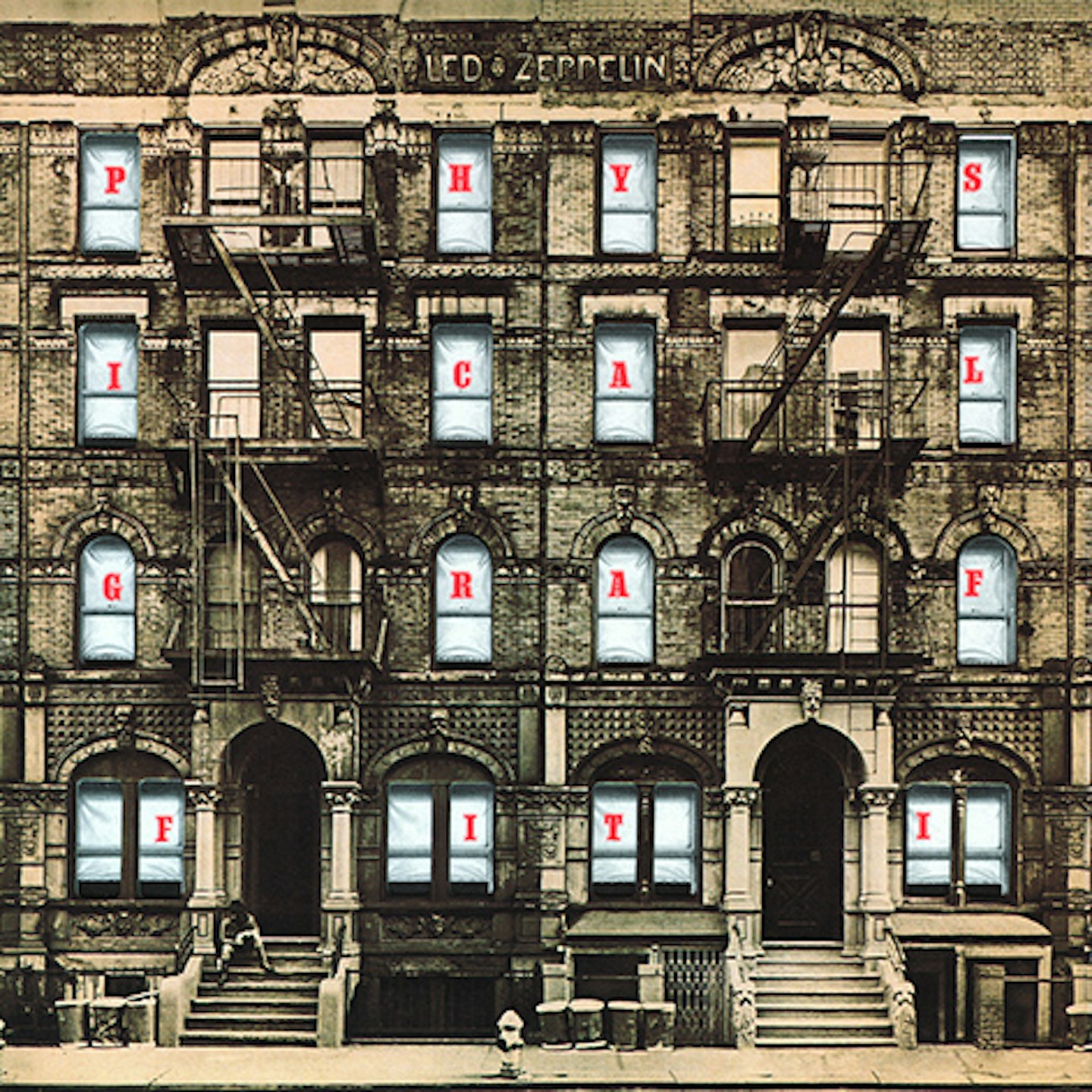
A tour-burnt Jones had told Peter Grant he wanted to quit and become Winchester Cathedral’s choirmaster, but Zeppelin rallied and then some back at Headley Grange. Upscaling the grandeur, their double-set tour de force has three exemplary epics: Page’s magnificent guitar-orchestration Ten Years Gone; Kashmir, seismic and hulking enough to soundtrack 1998’s Godzilla when Puff Daddy sampled it on Come With Me; and Jones led paragon of synth-drone mysticism In The Light. A happening with Stones’ pianist Ian Stewart (Boogie With Stu), Trampled Underfoot’s funky clavinet and breathless riffer The Wanton Song also shine alongside easeful, feel-personified ballad Down By The Seaside. An audacious undertaking of which Zeppelin were especially - and justifiably - proud.
-
READ MORE: Led Zeppelin’s 50 Greatest Songs Ranked!
